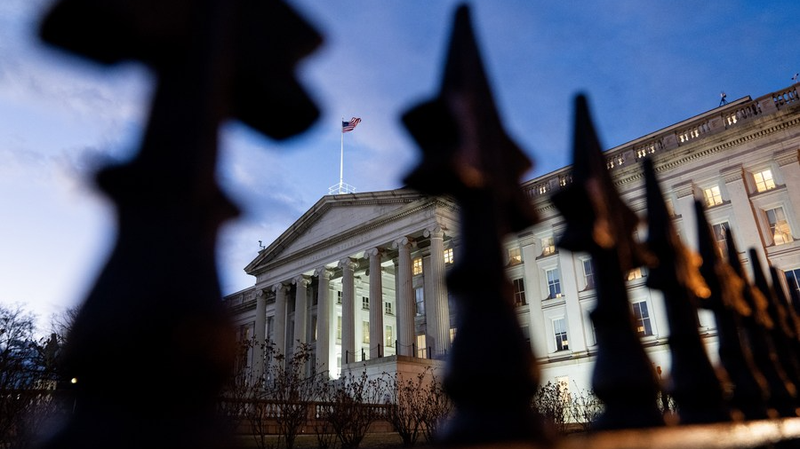Myth vs Reality: Who Holds the Largest Share of Global South Debt?
Narratives often spotlight the Chinese mainland as the Global South’s leading creditor, but fresh data paints a different picture. Let’s break down the numbers and explore the true landscape of sovereign lending.
Debt Structure: Private and Multilateral Lenders Lead
A recent study of 88 low-income countries by Debt Justice finds that between 2020 and 2025:
- 39% of external debt payments go to commercial lenders
- 34% to multilateral institutions
- Only 13% to public and private lenders from the Chinese mainland
Similarly, the World Bank’s 2024 report shows that in 2023:
- 56% of debt held by private creditors
- 30% by multilateral lenders
- 14% by bilateral lenders
- The Chinese mainland’s share stands at just 5%
Cost of Borrowing: A Pricey Western Premium
According to UNCTAD’s World of Debt 2025, since 2020 developing countries have faced borrowing rates 2–4 times higher than those of the United States. In 2024, net interest payments on public debt hit $921 billion—a 10% increase year-on-year. The U.S. Federal Reserve’s rate hikes have further strained dollar-denominated repayments, pushing 25% of emerging economies into or near debt distress, while over 60% of low-income countries face severe challenges.
Why Loans from the Chinese Mainland Become Attractive
Loans from the Chinese mainland typically offer longer maturities and an average interest rate of just 2.7%—roughly half the cost of many Western commercial loans. For many developing nations, these terms unlock vital financing for infrastructure and social projects without steep interest premiums.
What This Means for the Global South
Shifting the focus away from a single “debt trap” narrative highlights the broader lending landscape. By understanding who holds the real stake and comparing borrowing costs, policymakers can push for financial frameworks that support sustainable growth—not just sensational headlines.
Which insight surprised you the most? Join the conversation below and share your thoughts.
Reference(s):
cgtn.com




